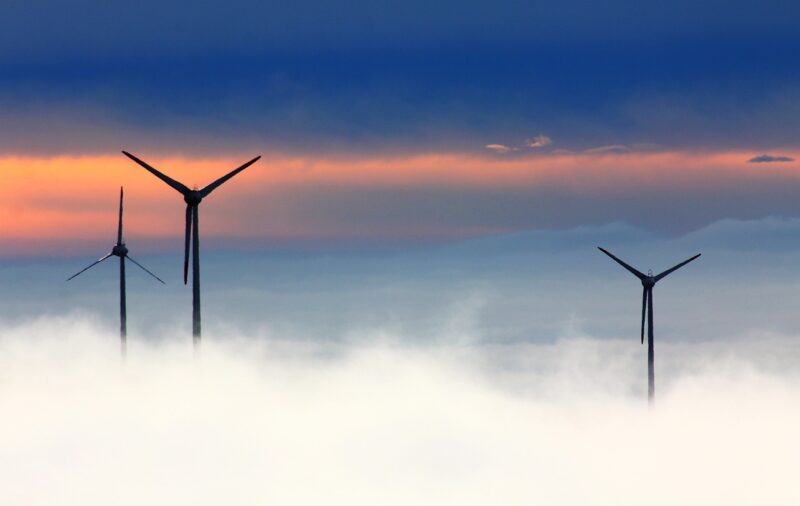
As we approach a critical juncture in our planet’s history, the need for sustainable energy solutions has never been more pressing. Renewable energy sources, comprised of solar, wind, hydro, and geothermal power, are not only vital in combating climate change but also represent the future of energy at large. In this article, we will explore emerging trends in renewable energy, innovative technologies shaping the industry, and what to expect as we drive towards a greener future.
1. The Current State of Renewable Energy
Global investment in renewable energy continues to surge, with the sector seeing a staggering $500 billion invested in 2022 alone. According to the International Energy Agency (IEA), renewables accounted for over 80% of the total power capacity added in 2021, and this trend is expected to grow.
Countries around the world are committing to ambitious emissions reduction targets, with many aiming for net-zero carbon emissions by mid-century. The transition from fossil fuels to renewable sources will require both public and private sector initiatives, alongside unprecedented collaboration across sectors.
2. Innovations Driving Change
The renewable energy sector is being reshaped by a variety of innovative technologies that improve the efficiency, cost-effectiveness, and scalability of energy production. Some notable advancements include:
- Enhanced Solar Technology: The development of solar panels has advanced rapidly, with bifacial solar panels allowing sunlight to hit both sides, effectively increasing energy generation by 20-30%. Perovskite solar cells are also being explored as a cheaper and more efficient alternative to traditional silicon cells.
- Energy Storage Solutions: One of the major challenges of renewable energy is the intermittency of sources like solar and wind. Innovations in energy storage, such as lithium-ion batteries and more recently, solid-state batteries and pumped hydro storage, are making it possible to store excess energy and deploy it on demand.
- Smart Grids: The integration of smart technology into our energy infrastructure allows for better management of supply and demand. Smart grids optimize energy distribution, reduce waste, and connect consumers directly to renewable energy sources.
The increased adoption of these technologies is crucial for maximizing the potential of renewable energy and meeting the growing global demand for clean energy.
3. Policy Impacts and Incentives
Government policies and incentives play a significant role in fostering renewable energy growth. In recent years, many nations have introduced supportive measures, such as tax credits, grants, and feed-in tariffs, all designed to accelerate the installation of renewable energy technologies.
Countries like Germany and Denmark have set pioneering examples with policies promoting renewable energy investment. The U.S. also passed the Inflation Reduction Act, which allocates substantial funds to support renewable projects and enhances tax credits for renewable technologies.
These advancements in policy will continue to shape the landscape of renewable energy, empowering more regions to transition from fossil fuels towards sustainable alternatives.
4. Future Scenarios: Where Are We Headed?
As we look toward the future, several potential scenarios could unfold in the renewable energy sector:
- Mass Adoption: As costs continue to decline and technology becomes more accessible, we could see mass adoption of renewable technologies driving a near-total transformation of the energy sector.
- Decentralized Energy Systems: The future may favor decentralized energy systems where individual homes and businesses generate and store their own energy, creating local energy economies that reduce the reliance on centralized utilities.
- Integration with Other Sectors: The electrification of transportation, heating, and industry will create a synergetic relationship with renewable energy solutions, leading to wider impacts on how we utilize energy in our daily lives.
As the renewable energy industry continues to evolve, society must prepare for transformative shifts that will affect how we produce and consume energy.
5. The Role of Individuals and Communities
While governments and corporations play significant roles in the transition to renewable energy, individuals and communities also have crucial parts to play. Engaging in energy conservation, advocating for sustainable practices, and investing in renewable options—like home solar panels—can drive change from the grassroots level.
Moreover, community initiatives such as local renewable energy cooperatives have shown that collective action can lead to significant benefits, both environmentally and economically. By participating in or fostering such initiatives, communities can harness local resources while supporting sustainable development.
6. Conclusion: A Bright Future Ahead
The future of renewable energy holds immense potential. With technology advancing, supportive policies emerging, and collective action from individuals and communities, we are on the brink of a revolution in energy. While challenges abound, such as energy storage and grid integration, the resolution of these issues will lead us to a cleaner, more sustainable planet.
Embracing renewable energy isn’t just about energy production; it’s about reimagining the way we interact with the world around us and ensuring a viable planet for future generations. Let us move forward with optimism and commitment to cultivating a sustainable future together.








